Reports of Use/Recordkeeping for Webcasters
Last Updated on October 30, 2008 by Will R
Recordkeeping & Reports of Use for
College and High School Stations (nonsubscription transmission services)
Be sure you understand your options by looking at the CBI 2016 Guide. Most student stations can avoid the requirement to submit these reports by paying a $100 annual fee. For details, again, see the CBI 2016 Guide.
Content
1. The name of the service.
2. The category transmission code:
(A) For eligible nonsubscription transmissions other than broadcast simulcasts and transmissions of non-music programming;
(B) For eligible nonsubscription transmissions of broadcast simulcast programming not reasonably classified as news, talk, sports or business programming;
(C) For eligible nonsubscription transmissions of non-music programming reasonably classified as news, talk, sports or business programming;
3. Song and Performance Data
(A) Artist Name;
(B) Song Title;
(C) (1) International Standard Recording Code (ISRC), or
(2) the Album Title and Marketing Label;
(D) (1) The actual total performances of the sound recording during the reporting period (“performances” means total number of streaming connections to each song, not the number of times a song is played), or
(2) Aggregate Tuning Hours, Channel or program name, and Play frequency (the number of times a song is played). (Unlicensed stations may not use this option. NEWs only need to reports play frequency (“spins”)).
Format
Files with headers: (NEWs must use headers)
If a service elects to submit files with headers, the following elements, in order, must occupy the first 14 rows of a report of use:
(A) Name of service;
(B) Name of contact person;
(C) Street address of the service;
(D) City, state and zip code of the service;
(E) Telephone number of the contact person;
(F) E-mail address of the contact person;
(G) Start of the reporting period (YYYYMMDD);
(H) End of the reporting period (YYYYMMDD);
(I) Report generation date (YYYYMMDD);
(J) Number of rows in data file, beginning with 15th row;
(K) Text indicator character (must be unique and must never be found in the report’s data content); (Editors note: SX prefers stations use ^ as the text indicator.)
(L) Field delimiter character (the field delimiter character must be unique and must never be found in the report’s data content. Delimiters must be used even when certain elements are not being reported); (Editors note: SX prefers station use | as the field delimiter.)
(M) Blank line; and
(N) Report headers (Featured Artist, Sound Recording Title, etc.).
* A-F may not exceed 255 characters per row and G-I should not exceed 8 characters per row.
Data text fields begin on row 15 of a report header. A carriage return must be at the end of each row thereafter. Abbreviations within data fields are not permitted.
Files without headers:
If a service elects to submit files without headers, the following format requirements must be met:
(A) ASCII delimited format, using pipe (|) characters as delimiters, with no headers or footers;
(B) Carats (^) should surround strings;
(C) No carats (^) should surround dates and numbers;
(D) A carriage return must be at the end of each line;
(E) All data for one record must be on a single line; and
(F) Abbreviations within data fields are not permitted.
Delivery Format & Methods
Reports of use must be maintained and delivered in electronically and delivered in ASCII format. All reports of use must be in ASCII format and compressed using the .zip, .Z or .gz formats.
SoundExchange has posted on its website a Microsoft Excel spreadsheet template which converts the entered data into ASCII text files that can be compressed and submitted.
Reports of use will be accepted by SoundExchange via FTP, e-mail (reports@soundexchange.com) attachments, or CD-ROM, USB drive or floppy disk:
(A) FTP Delivery. SoundExchange at ftp@soundexchange.com in order to receive your user name and password.
(B) E-mail, CD-ROM, USB dirve and Floppy disk delivery. E-mail delivery will be sent to reports@soundexchange.com via an attachment. Reports should be sent to SoundExchange, Inc., 733 10th Street, NW 10th Floor Washington, DC 20001.
The following information needs to be included with each report:
(A) The full name and address of the service;
(B) The contact person’s name, telephone number and e-mail address;
(C) The start and end date of the reporting period;
(D) The number of rows in the data file. If the report of use is a file using headers, counting of the rows should begin with row 15. If the report of use is a file without headers, counting of the rows should begin with row 1; and
(E) The name of the file attached.
This information will either be in the body of the e-mail or on a cover letter with the physical media. FTP instructions will be provided by SoundExchange.
Other
Reporting period: Two periods of 7 consecutive days for each calendar quarter of the year for FCC licensed stations that pay no more than the minimum fee. The two weeks need not be consecutive, but both weeks must be completely within the calendar quarter for those that pay only the minimum fee. Quarterly reports are due by the 45th day after each calendar quarter except for NEWs whose reports are due January 31 of each year. Late filed reports by NEWs will incur a late fee. If your ATH exceeds 159,140 in any month, you will be required to submit census (24/7/365) data.
Signature: Reports of Use shall include a signed statement by the appropriate officer or representative of the service attesting, under penalty of perjury, that the information contained in the Report is believed to be accurate and is maintained by the service in its ordinary course of business. The signature shall be accompanied by the printed or typewritten name and the title of the person signing the Report, and by the date of the signature. NEWs do not need to follow this requirement.
Retention: Stations need to retain copies of their reports and underlying data for three years.
File naming: Reports of use must be given a name followed by the start and end date of the reporting period, which must be separated by a dash and in the format (YYYYMMDD) with the file type extension of ‘‘.txt’’.
Example: AcmeMusicCo20050101-20050331.txt
Links:
CRB Final Rule: http://www.loc.gov/crb/fedreg/2009/74fr52418.pdf
SX Excel Template: http://www.soundexchange.com/wp-content/uploads/2012/06/RoU-NoncommercialEducationalWebcaster-FINAL.xls
Sample report of use using ATH option: https://www.askcbi.org/wp-content/uploads/2009/10/Sample-Report-of-Use.pdf
[fusion_builder_container hundred_percent=”yes” overflow=”visible”][fusion_builder_row][fusion_builder_column type=”1_1″ background_position=”left top” background_color=”” border_size=”” border_color=”” border_style=”solid” spacing=”yes” background_image=”” background_repeat=”no-repeat” padding=”” margin_top=”0px” margin_bottom=”0px” class=”” id=”” animation_type=”” animation_speed=”0.3″ animation_direction=”left” hide_on_mobile=”no” center_content=”no” min_height=”none”][1] This is document is meant is a quick summary and is not legal advice. Reports of use as described here would be consistent with the CBI/SoundExchange Settlement for 2016-2020. If you are not reporting as per the terms of the settlement, your requirements may be different.
[/fusion_builder_column][/fusion_builder_row][/fusion_builder_container]



